
The modern furniture concept emphasizes simplicity, clean lines, functionality, and minimalism. It has its roots in the modernist movement, which began in the early 20th century, focusing on creating practical, elegant designs that reflect the needs of contemporary life. The design philosophy is often about “less is more,” valuing purpose over ornamentation.
Modern furniture is not only a functional aspect of our daily lives but also an expression of design, craftsmanship, and cultural influences. Understanding the evolution of modern furniture allows us to appreciate the diversity of styles, materials, and concepts that have shaped this industry over time. This brief historical exploration aims to shed light on the significant milestones and pivotal movements that have contributed to the development of modern furniture.
Throughout history, furniture design has mirrored societal changes, artistic movements, and advancements in manufacturing techniques. By studying the past, we can gain valuable insights into the present and even glimpse into the future of furniture design. This journey will take us from the origins of modern furniture to its current manifestations, highlighting the key periods and influential figures that have left an indelible mark on this dynamic industry.
In this article, we will delve into the rich history of modern furniture, analyzing the design styles, materials, and philosophies that have shaped its evolution. From the early 20th century to the contemporary trends, we will examine the impacts of movements like Bauhaus and modernism, explore the iconic mid-century modern design era, and discuss how postmodernism and present-day trends continue to redefine the boundaries of furniture design.
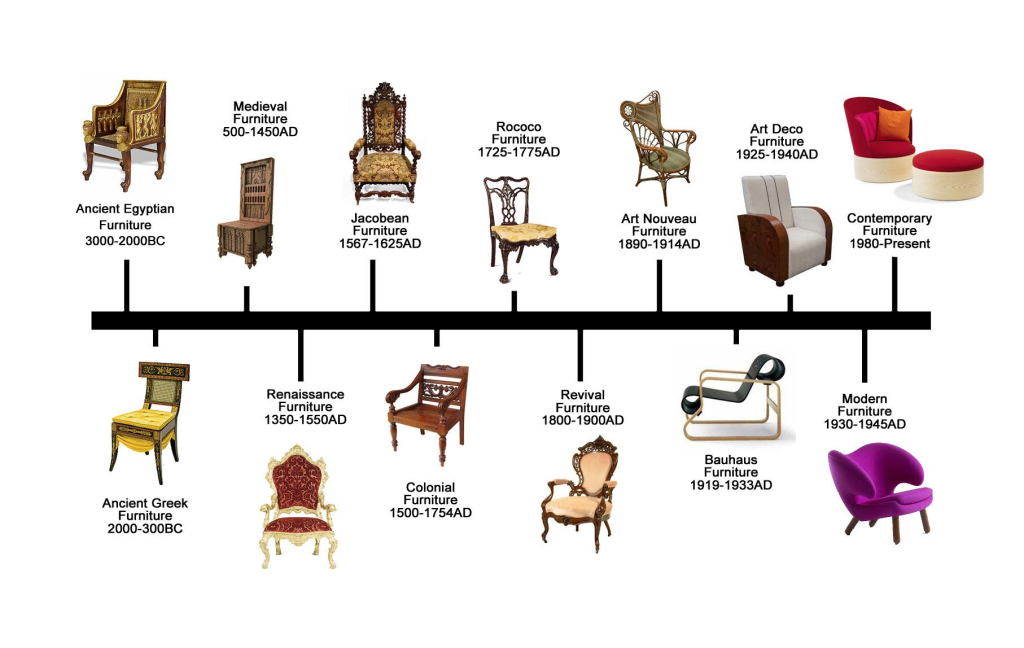
The Origins of Modern Furniture
The origins of modern furniture can be traced back to the late 19th and early 20th centuries when a wave of artistic and cultural movements sparked a reimagining of traditional design principles. This period marked a departure from the ornate and heavy furniture styles of the past, as designers sought to embrace simplicity, functionality, and a harmonious integration with the evolving modern world
Key Elements of Modern Furniture Design:
1. Simplicity and Minimalism:
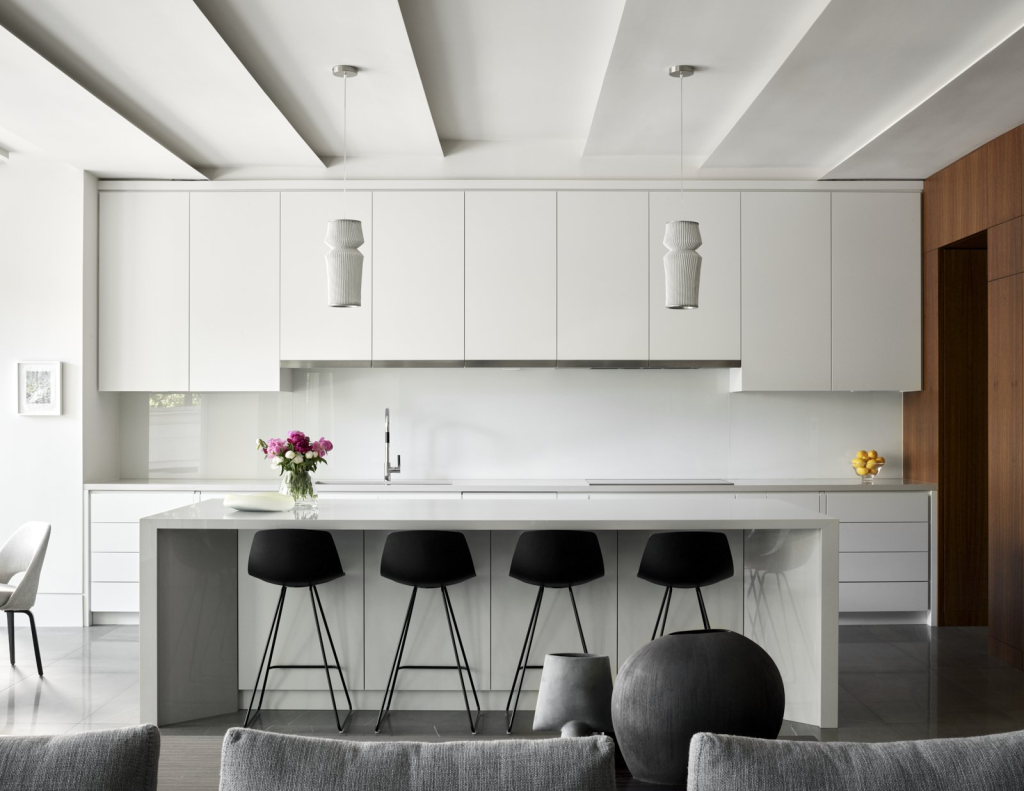
- Design Approach: Modern furniture is characterized by its simplicity and a focus on form and function. The designs are sleek and avoid excessive decoration.
- Aesthetic: The overall aesthetic is clean and clutter-free, with a focus on the essential structure and purpose of the furniture.
- Furniture Example: A simple sofa with straight lines, thin legs, and no unnecessary embellishments.
2. Clean Lines:
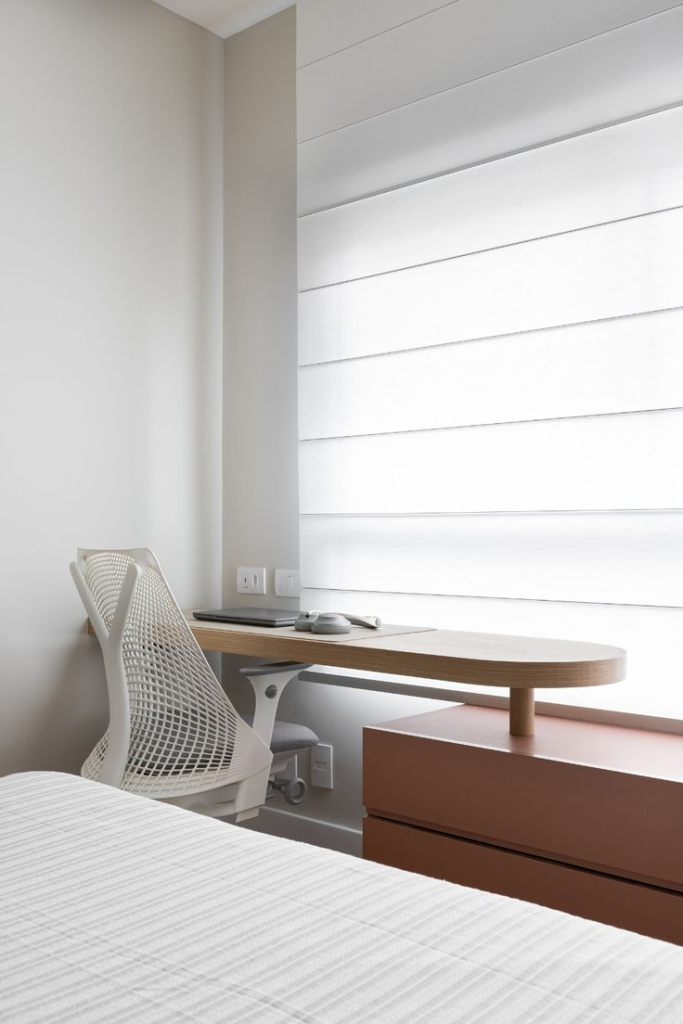
- Design Approach: Sharp, straight lines and geometric shapes are common in modern furniture. Curved lines are occasionally used, but the overall look remains clean and crisp.
- Aesthetic: The absence of complex patterns or overly ornate details makes the furniture feel light and open.
- Furniture Example: A dining table with a rectangular or circular top and slim, straight legs.
3. Neutral and Natural Colors:

- Color Palette: Modern furniture often uses neutral tones like white, black, gray, and beige. Occasionally, bold accent colors like bright yellow, red, or blue are used to create a striking contrast.
- Material Influence: These colors reflect the natural materials often used in modern furniture, such as wood, metal, and leather.
- Furniture Example: A minimalist beige sofa paired with a dark wood coffee table.
4. Functionality:
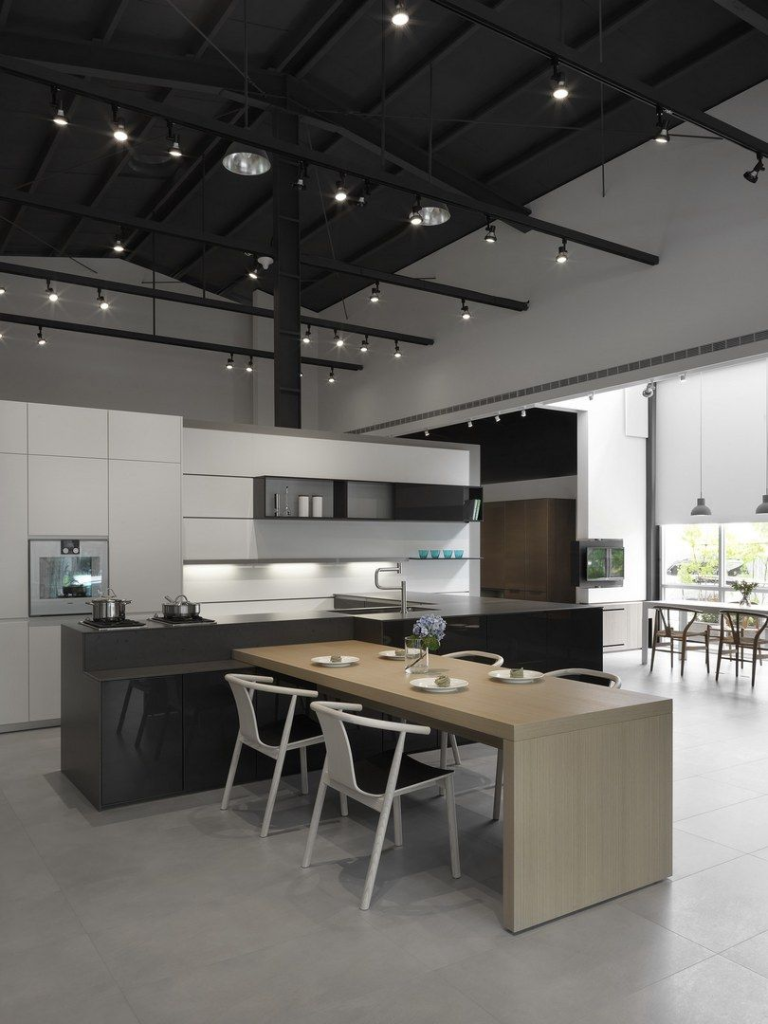
- Design Approach: Modern furniture prioritizes function. Pieces are designed to be practical, comfortable, and efficient for everyday use.
- Aesthetic: Every element of the design serves a purpose, with little room for purely decorative features.
- Furniture Example: Modular sofas that can be rearranged to fit different spaces or multifunctional pieces like a coffee table with hidden storage.
5. Innovative Use of Materials:
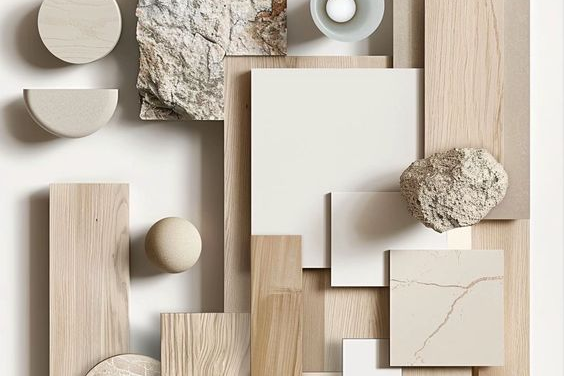
- Materials: Modern furniture often blends natural and industrial materials such as wood, metal, glass, and plastic.
- Aesthetic: Wood adds warmth, while metal and glass offer a sleek, industrial edge. The use of new materials like molded plastic, fiberglass, and plywood became popular due to their durability and adaptability.
- Furniture Example: A coffee table with a glass top and metal legs, or a molded plastic chair with a minimalist design.

A coffee table with a glass top and metal legs
6. Open and Airy Designs:

- Design Approach: Modern furniture tends to have an open, lightweight appearance. It often features slim legs, open shelves, or floating elements that create the illusion of more space.
- Aesthetic: This design approach helps make a room feel more spacious and less cluttered.
- Furniture Example: A sofa with raised legs or a console table with open shelving instead of closed cabinets.
7. Organic and Curved Shapes (Mid-Century Modern Influence):

- Design Approach: While modern design is often defined by straight lines, organic and curved shapes, especially in mid-century modern furniture, also play an essential role.
- Aesthetic: These designs blend natural, flowing forms with functional furniture pieces.
- Furniture Example: The iconic Eames Lounge Chair or the Egg Chair by Arne Jacobsen, which feature curved, organic forms.
8. Integration with Technology:

- Design Approach: In contemporary modern furniture, there’s a focus on incorporating technology seamlessly. Pieces may have built-in features for convenience, such as charging ports or wireless connectivity.
- Aesthetic: Tech integration is subtle and enhances functionality without disrupting the clean, modern look.
- Furniture Example: Smart desks with built-in power outlets or chairs with built-in speakers.
9. Sustainable and Eco-Friendly Design:

- Design Approach: Many modern furniture designers focus on sustainability, using eco-friendly materials, recycled elements, or upcycled products to create furniture.
- Aesthetic: Sustainability doesn’t compromise the aesthetic but rather emphasizes natural, organic forms and materials.
- Furniture Example: Chairs made from recycled plastic, or tables constructed from reclaimed wood.
Modern Furniture Styles:
1. Mid-Century Modern:

- Characteristics: Clean lines, organic curves, and a focus on function. Furniture pieces often feature wood or molded plastic and tapered legs.
- Furniture Example: Eames Lounge Chair, Noguchi Coffee Table, and Tulip Chair.
2. Scandinavian Modern:

- Characteristics: Known for its simplicity, functionality, and connection to nature. Scandinavian furniture focuses on light, natural wood, neutral tones, and minimalistic designs.
- Furniture Example: Light oak dining tables, upholstered lounge chairs in neutral colors, and minimalist storage solutions.
3. Industrial Modern:

- Characteristics: Features raw materials like metal, concrete, and exposed brick. This style mixes modern furniture designs with industrial elements, giving a rugged and edgy feel.
- Furniture Example: Metal frame coffee tables, reclaimed wood dining tables with steel legs, and leather sofas.
4. Contemporary Modern:

- Characteristics: A blend of modern furniture elements with the latest trends, often featuring clean lines, neutral colors, and modern materials like glass, steel, and concrete.
- Furniture Example: Sectional sofas with low profiles, sleek dining tables with glass tops, and minimalist bookshelves.
Popular Modern Furniture Pieces:
- Sofas: Low-profile, clean-lined sectionals or modular sofas in neutral tones with slim legs.
- Chairs: Iconic designs like the Barcelona Chair, Eames Lounge Chair, or Arne Jacobsen’s Egg Chair.
- Coffee Tables: Often feature a combination of glass and metal or wood and have simple geometric shapes.
- Dining Tables: Rectangular or round with a minimal base, often made of wood, glass, or metal.
- Storage Units: Sleek, handle-less cabinets and open shelving made from wood, metal, or glass.
Conclusion:
The modern furniture concept revolves around functional, clean, and aesthetically pleasing designs that embrace simplicity, minimalism, and innovation. Whether incorporating neutral tones, using innovative materials, or blending industrial elements, modern furniture aims to create stylish, comfortable, and purposeful living spaces. Want to make furniture concept modern , Contact Us Now for more details.
